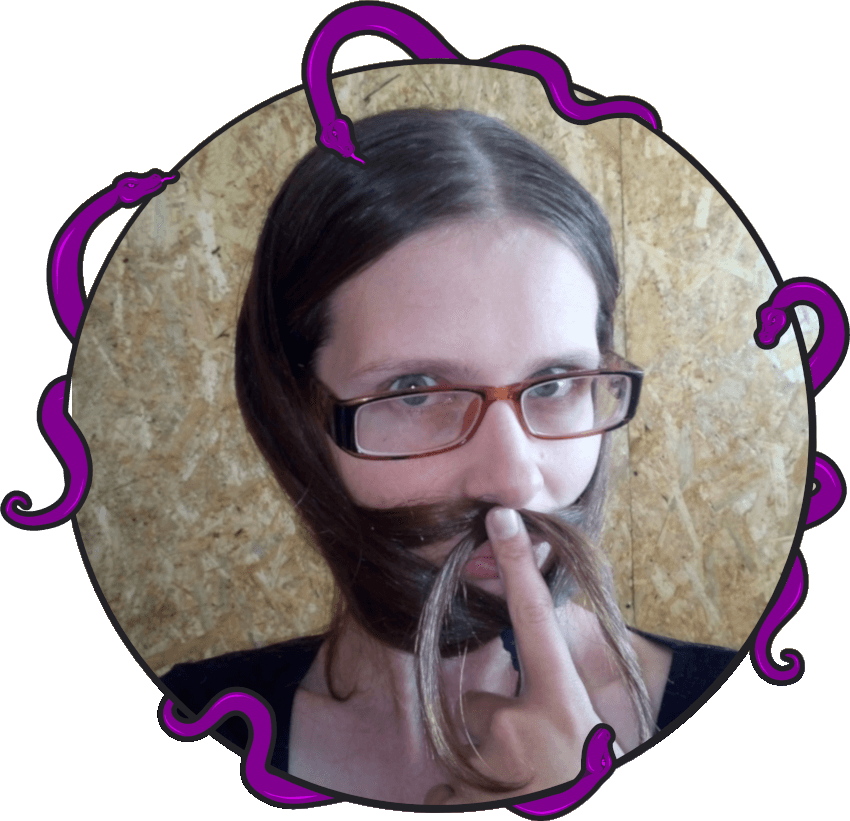Most of us in Western and Western-influenced countries have heard about Beowulf growing up. Perhaps in the 1999 film, having dissected the poem (or, rather, a part of it) in literature classes, or even in the 2007 re-imagined film featuring Angelina Jolie.
But what is the deal with Beowulf? The story is an old Anglo-Saxon epic poem chronicling the Scandinavian hero Beowulf’s feats throughout his life. And why this guy? Well, he was King of the Geats, not to mention practically holding the title of “saviour of the realm”. Of course, the poem is largely fiction. Beowulf didn’t really exist, at least not as he’s depicted in the poem.
But enough about him. He’s just a human, and you Mythsters want dragons! So dragons ye shall have.

Getting to the Dragons
In the poem, Beowulf battles three monsters. After defeating Grendal and then Grendal’s mother, he faced a dragon. A fire-dragon to be specific.
Guess what? This dragon had been awoken because someone had stolen from its hoard of treasure. Sound familiar? In fact, the dragon in the poem is thought to have inspired future European and fantasy stereotypes of dragons. Smaug, from J.R.R Tolkien’s “The Hobbit” is pretty much Beowulf’s dragon with bonus features and buffs. Speaking of Tolkien, the famous writer also studied and translated the Beowulf poem, with notes on interpreting the meanings as he saw them.
I hear you: what about Grendel’s mother? Well, she was merely a human or humanoid entity (there is debate on what she is exactly). The 2007 film Beowulf depicted her as a sort of dragon at one point. However, that was more artistic license than poem lore. To be fair, they did later bring in the dragon to battle Beowulf. And it was glorious! The dragon in the film is depicted as the typical European dragon with gold scales. A magnificent creature, to say the least. However, unlike in the poem, this depiction shows the dragon being the offspring of Beowulf as well as a creature that can transform from human to dragon.
Now, the poem’s dragon is nothing to mess with, coming in at a length of about 15 metres (50 feet). He also spewed forth coals! Interesting how fire-breathing wasn’t attributed to him directly, but he still burned buildings, as the dragon stereotypes are wont to do. To add salt to the poetic wound, his breath was also poisonous, or venomous. Difficult to tell, really. Semantics and all that. While not as large as some other dragons, he sure made up for it with his arsenal of bodily functions. And with a lifespan of over 300 years, he had experience on his side, too.
He spent most of his life within his buried cave, guarding his ancient treasure. This lair of his was even self-protecting. Hot steam rose from within, too much for a mere human to withstand. That’s why Beowulf called the dragon out to fight. Considering the heat level, it suggests that this dragon was reptilian, and thus likely had scales. The poem mentions that not any old sword would be able to pierce his tough hide, so I’d argue that he had an impressive scale formation. Perhaps more flexible and densely packed than scalemail.
This was one formidable creature, inspiring hordes of artwork. His fight with Beowulf remains legendary, being at last the cause of Beowulf’s demise. We recommend reading the poem, or at least the dragon part of it. You can find them below. But if poetry isn’t your thing, there are many summaries of the fight with the dragon to claw through.
Until next time!

Anike Kirsten
Anike lives in the dead centre of South africa, an area called the Bo-Karoo, where she looks for spiders for fun. She is a writer, illustrator, mother, wife, and nerd-geek hybrid. Anike enjoys all forms of science fiction, fantasy, and horror. Well, almost all forms. Not romance. And loves stories from her home country. She is also one of the Mythster voices who may or may not go off the rails about something or another.
Sources
Beowulf: An Anglo-Saxon Epic Poem
http://www.gutenberg.org/ebooks/16328
Beowulf: A Translation and Commentary together with Sellic Spell by J.R.R. Tolkien
https://www.researchgate.net/publication/291018284_Beowulf_A_Translation_and_Commentary_together_with_Sellic_Spell_by_JRR_Tolkien
The Dragon and His Lair in Beowulf
https://www.jstor.org/stable/456981?origin=crossref&seq=1#metadata_info_tab_contents
Beowulf: Fighting the Fire-Drake
http://www.alliteration.net/poetry/firedrak.html


[…] from the Anglo-Saxon word ‘wyrm’. This was a generic word and covered everything from Beowulf‘s dragon to scorpions and snakes (Thompson 2014). It also came from the Old Norse word ‘ormr’ […]
[…] The Fire-Drake Who Slayed Beowulf […]